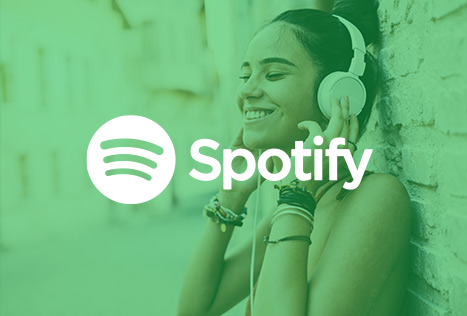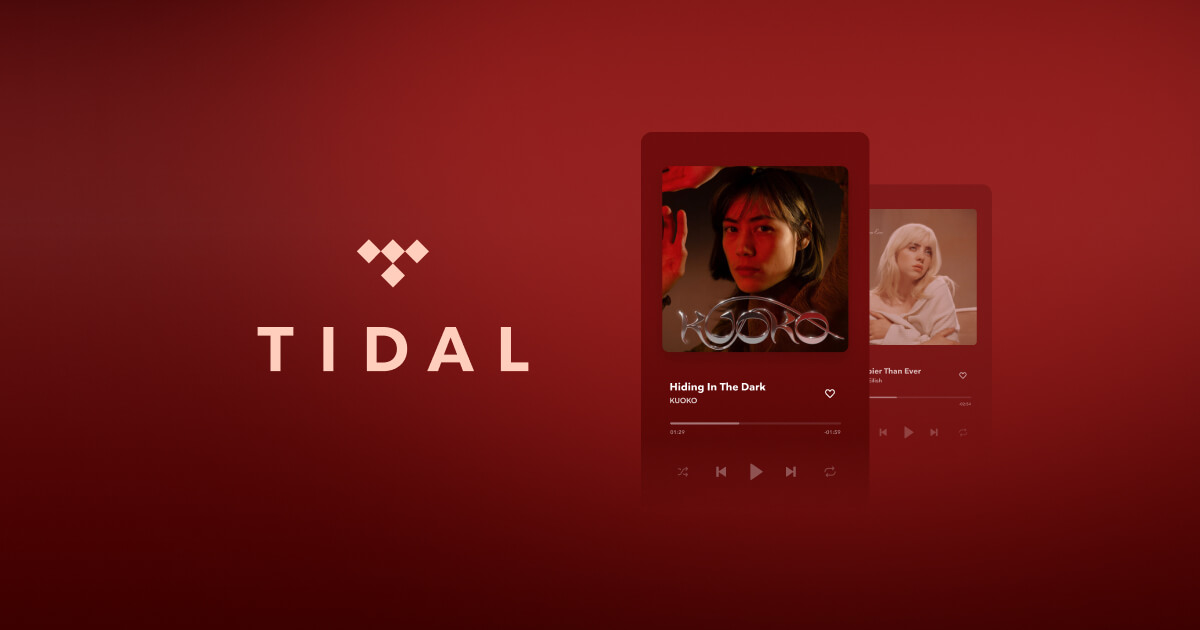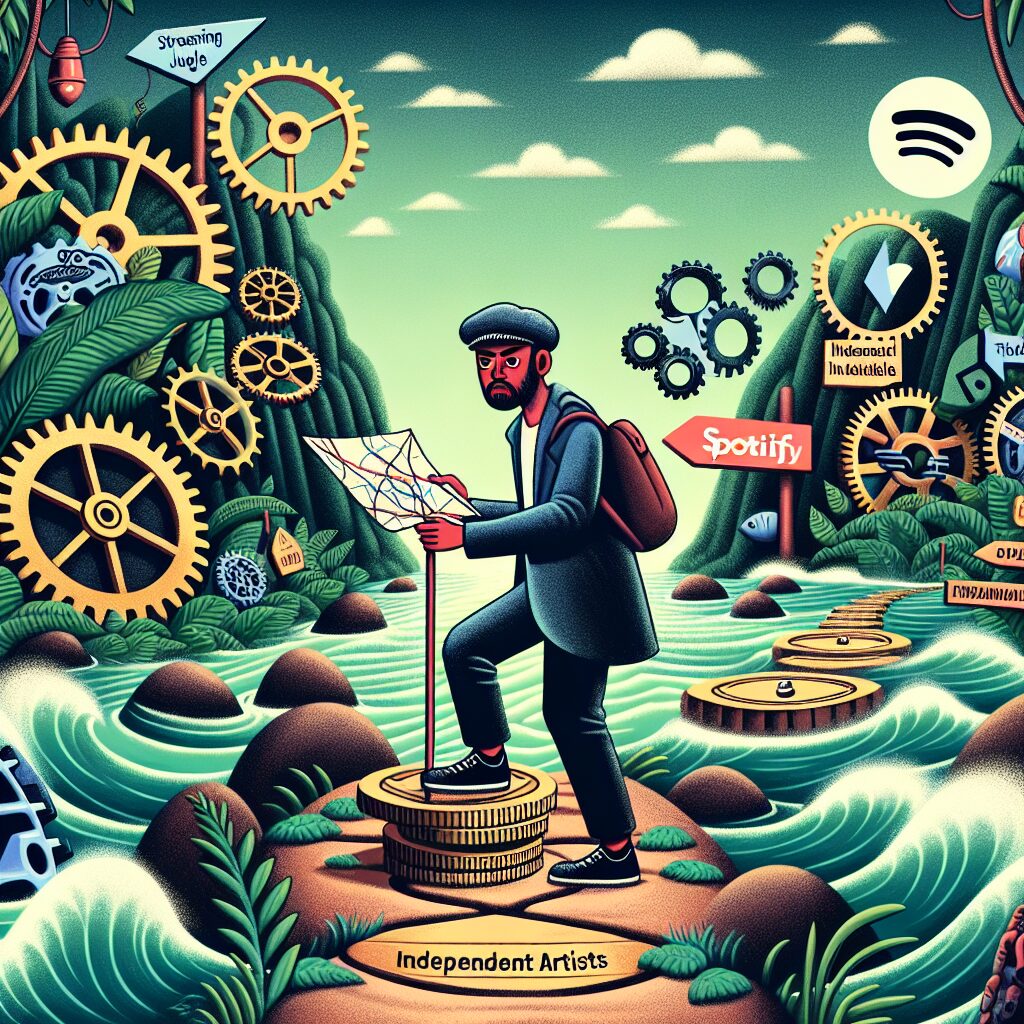Introduction
Unlocking Success: How Spotify and Tidal Empower Independent Artists
The music industry’s landscape is rapidly evolving, presenting new challenges and opportunities for independent artists. In this digital age, platforms like Spotify and Tidal have emerged as game-changers, offering artists unprecedented access to a global audience.
Spotify: A Beacon of Hope for Independent Artists

Spotify, boasting 345 million active users, has become a lifeline for independent artists. It serves as a platform where artists can showcase their music without the backing of a record label or a substantial marketing budget. Spotify’s algorithm, which curates playlists based on listener preferences, can propel an independent artist’s song onto popular playlists, exposing them to millions of potential fans.
Beyond Exposure: Spotify’s Data Insights
Beyond exposure, Spotify provides artists with invaluable listener data. This data enables artists to understand their audience better, plan tours more effectively, and tailor their music to match their fans’ tastes. This level of insight was previously inaccessible to independent artists.
Tidal: Championing High-Fidelity Sound and Artist-Centricity

On the other hand, Tidal offers a different value proposition with its high-fidelity sound quality and artist-centric approach. Tidal pays artists significantly more per stream compared to other platforms, making it an attractive option for independent artists seeking to monetize their music. Additionally, Tidal’s emphasis on exclusive content allows artists to offer something unique to their fans, strengthening their bond with their audience.
Challenges and Opportunities
However, the abundance of music on these platforms presents a challenge for independent artists trying to stand out. Moreover, while streaming has increased music’s accessibility, it has also devalued it. The minuscule fraction of a cent that artists earn per stream pales in comparison to the revenue generated by physical album sales.
Embracing the Streaming Era: Leveraging Spotify and Tidal
Despite these challenges, the opportunities afforded by Spotify and Tidal are too significant to overlook. These platforms have democratized the music industry, providing independent artists with a level playing field in an industry once dominated by major record labels. They have enabled artists to connect with a global audience, understand their listeners, and earn a living from their music.
Conclusion
Ultimately, an independent artist’s success in the streaming era hinges on more than just stream counts or follower numbers. It’s about leveraging these platforms to cultivate a genuine connection with their audience, understand their listeners’ preferences, and create music that resonates deeply. By using data-driven insights to make informed decisions, independent artists can carve out a niche in the competitive music landscape.
To all the independent artists navigating the streaming jungle, remember this: Spotify and Tidal are not just platforms for sharing your music—they are powerful tools that can help you understand your audience, expand your fan base, and thrive in the music industry. Embrace the opportunities they offer, tackle the challenges they present, and continue creating music that inspires and moves people. In the streaming era, the world is your stage.
5 Great Music Platform Sites Where You Can Sell Your Own Music and Make Money Online – 4UMU.COM


